Where There’s a Will, There’s a Way: Rodin’s Fragile “L’Absolution” Treated for Display & Travel?
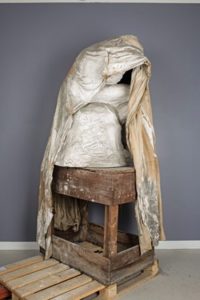
Auguste Rodin, L’Absolution (c. 1900), before treatment. Courtesy: The Art Newspaper (14 March 2017).
Ruth Osborne
The Art Newspaper reported last month on an extremely fragile piece by sculptor Auguste Rodin, held in the collection of the Musée Rodin in Paris, that is now to go on exhibition and on the road.
The work, titled “L’Absolution”, was created from plaster and cloth by Rodin, approximately around 1900. Its complicated construction consists of over 6′ of plaster sculpture in three pieces created in the 1890s – the torso of a seated Ugolino [of Dante’s Divine Comedy], a martyr’s head, and the Earth – draped delicately over with a cloth molded by the artist in a thin layer of plaster. You can find archival images of the work in black & white from the Musée Rodin here.
The upcoming move is described by the new chief curator of collections Christine Lancestremère as “a little scary”, and the article acknowledges she also “[suspected] that its fragility prevented it from going on display before”. Then why is this display and move still happening? According to the report, the occasion of the 100th anniversary of Rodin’s death demanded this item go into the “Kiefer Rodin” exhibit (Mar-Oct 2017), which will highlight several works by contemporary artist Anselm Kiefer conceived as responses to sculptures and drawings by Rodin. The exhibit is also set to travel to the Barnes in Philadelphia in November, and will be on display there thru March 2018. After that, “L’Absolution” will move to the Musée Rodin in Meudon to be on permanent display there. You can find a list of the sponsors of this joint exhibition on the Barnes’ website here.
But first, of course, a little handling by conservators to try and make the work more “stable” for travel and display. After all, the cloth makes structure of the work itself so delicate that it must be displayed behind glass “to prevent the fabric from moving with the wind”. Safe movement of the piece alone made some of the plaster on the cloth fall off.
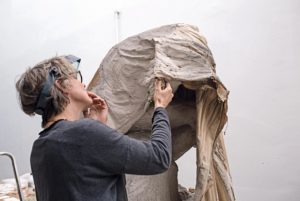
Conservator examines Rodin’s L’Absolution. Courtesy: The Art Newspaper (14 March 2017).
Conservator examination of the sculpture involved:
(1) Recently fallen plaster restored.
(2) Securing fabric back into original position on the sculpture.
(3) “Cleaning” of the entire piece.
Meanwhile, there is very little documentation on the work itself from the artist. Lancestremère admits that they don’t even know if it is finished or not. All they had to work from in this treatment was one photo of this rather complicated 3-dimensional object: “Rodin did not make a marble or terracotta work from it, which is rare for the artist, and there is nothing in the archives about the piece except for one photograph.”
However, upon visiting the Musée Rodin’s online collections portal, we found these three black & white photographs, though they have no visible date associated with them.
The funding for the treatment was awarded by TEFAF for “restoration and reconstruction of the never before seen work”. TEFAF itself was originally founded in 1988 by a group of art dealers as an art fair, and has only 5 years ago established its Museum Restoration Fund. Upon ArtWatch inquiring about why TEFAF was chosen for funding the restoration, Lancestremère said that this was the choice of the Museum’s selection committee, and that the remainder of the operation was being financed by the Museum’s budgeted funds for restoration. TEFAF itself has an interesting, if questionable, history related to (1) forgeries appearing at its fairs (see here) and therein (2) vetting its own experts (see here).
A quick overview of TEFAF’s Museum Restoration Fund on the website shows that it “was launched to mark TEFAF’s 25th anniversary in 2012”. Since then, it has restored a mixture of paintings and sculptural objects – including ancient Egyptian coffins and a sarcophagus – at major museums in the U.S. and Europe. But why is an art fair – which makes money off of the success of art sales and a space in recent years wherein one expects to uncover new “discoveries” and attributions – supporting such a questionable conservation project and exhibition?
TEFAF’s report at the announcement of the award itself is telling:
This is the first time it has been restored since its creation. Absolution resembles no other work by Rodin and it testifies to his bold and modern outlook.
Being connected with such a rare, unique work is certainly a selling point for TEFAF as a “bold”, “modern” art fair. This statement also makes it clear that TEFAF is getting in on the ground floor, so to speak, of understanding and analyzing the work, as it is “the first time” there have been hands on this work other than Rodin’s. For technical details on how the conservation actually worked, TEFAF’s announcement went on to say:
The restoration of this work is particularly complex and requires two different kinds of expertise from two specialists: a painting restorer for the drapery and a sculpture restorer for the plaster elements. Currently, the three plaster sections have come apart, and need to be repositioned and fixed. The fabric pieces have lost their folds and shape and there are many losses in the plaster coating that held the drapery in place, with splinters that are in danger of breaking off.
So from this, one would be remiss to ask how did the three plaster sections come apart? Did they fall spontaneously or were they moved? According to our conversation with Lancestremère:
It seems that the three plaster subjects remained together until the 1980s. We do not know when exactly they were dissociated, but it is probable that it occurred perhaps on the occasion of a move from one reserve to the other […] the whole was considered too fragile, and it was preferable to separate the most prominent elements, the head of the Martyrdom, and the body of the Earth. The elements did not fall on their own because they are not broken. On the other hand, the textile had already had to slip and the folds to be discarded because, in the 1980 photographs, there are already numerous losses of material and a positioning of the drape which is not compatible with the remains of plaster present on the textile.
So the damage due to the piece over time and various potential moves while remaining in storage was not well documented. But if damage occurred to a piece that has only ever been in storage, would this fragility not concern the conservators in preparation of its travel outside the Musée Rodin to two different locations? When asked about how the multi-part piece was stabilized, Lancestremère let us know that the splintered pieces and the plaster-coated textile were stabilized by a mixture of adhesive and magnets: The three gypsum elements were reattached to each other with a reversible system composed of metallic elements fixed on the plaster by bonded resin studs (reversible adhesive) inside the plaster test. In the case of draped plaster fabrics, the gypsum scales raised were fixed with a fixative on the fabric. And the textile is held in place thanks to magnets of different sizes.
The piece has since gone on display at the Musée Rodin, where we will see how well these repairs hold up under the gaze of thousands entering the galleries. ArtWatch has also asked Lancestremère if, given the vulnerability of the sculpture, the Musée Rodin is concerned about its vulnerability in traveling overseas, but the exhibit opening it seems has kept the staff quiet for now. We will keep you posted on this development. In the meantime, take a look at their press packet for the exhibition here, which shows this photo (below) of the work on display in the center of one of the galleries.
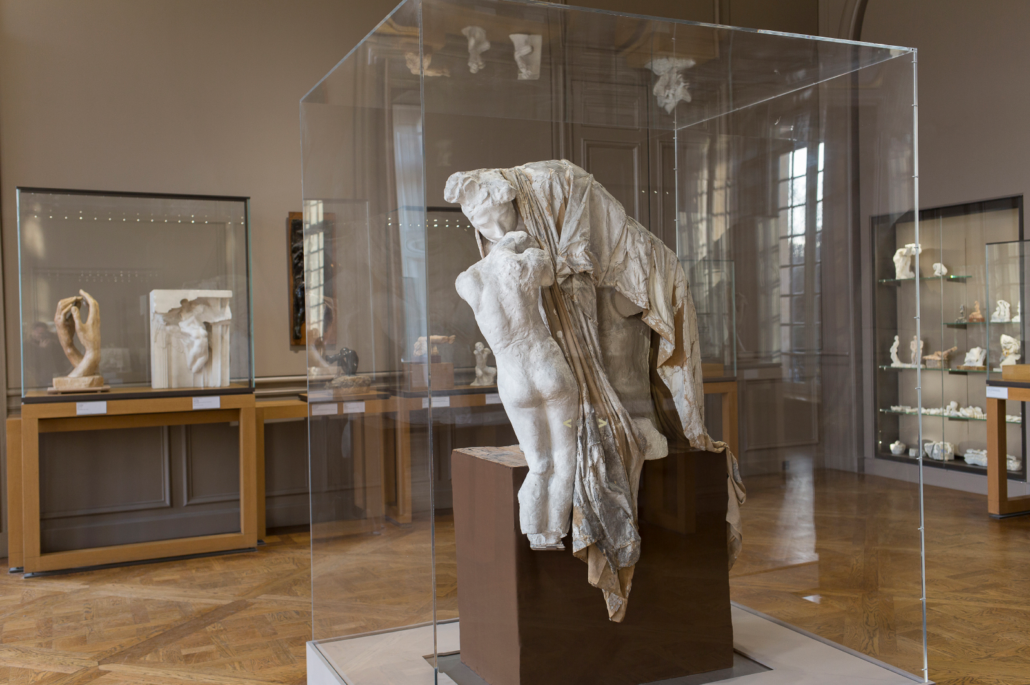
L’Absolution on display in Kiefer-Rodin exhibit, Musée Rodin, Paris, March 2017. Courtesy: Musée Rodin, Paris.
UPDATE:
We’ve just received an update from the Musée Rodin in Paris on the treatment of Rodin’s L’Absolution and its travel status for the Kiefer Rodin exhibit. We would also like to thank the Musée Rodin staff for the below photographs of the work during treatment.
Lancastremère writes:
the Absolution sculpture will not go to Philadelphia. It is much too fragile for such a long and complicated journey […]The very large presence of the textile, which can not be supported or genuinely wedged, makes the packaging very complex and inevitably very “fragile”. Vibrations and other shocks are a risk both for assemblages between the different subjects in plaster and for the textile coated with gypsum, the very fine scales of which are liable to fall.
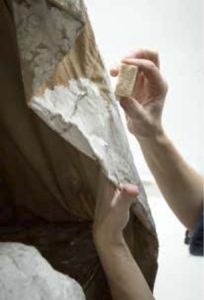
Treatment of L’Absolution. Courtesy: Musée Rodin, Paris/ph. P.Hisbacq.
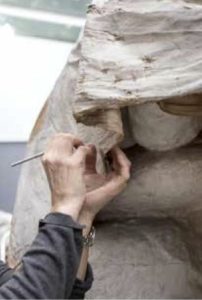
Treatment of L’Absolution. Courtesy: Musée Rodin, Paris/ph. P.Hisbacq.

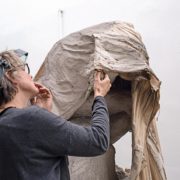
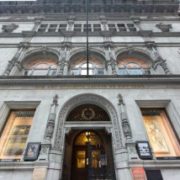
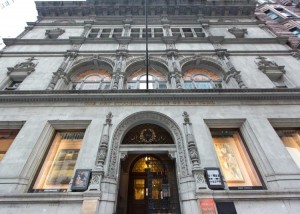
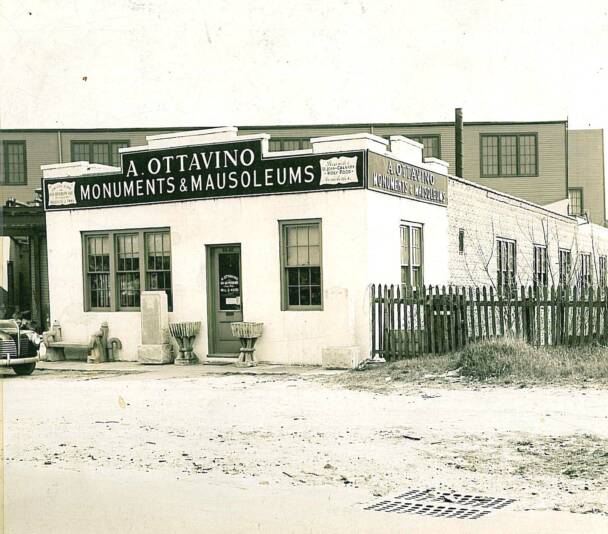
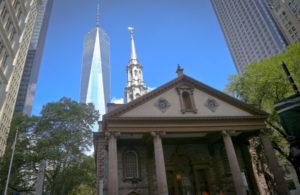
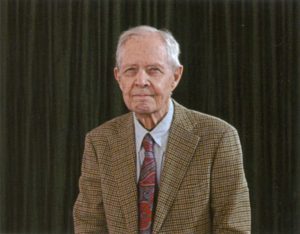
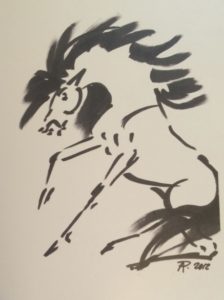
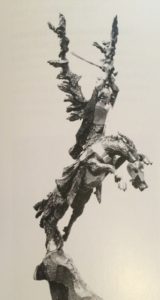

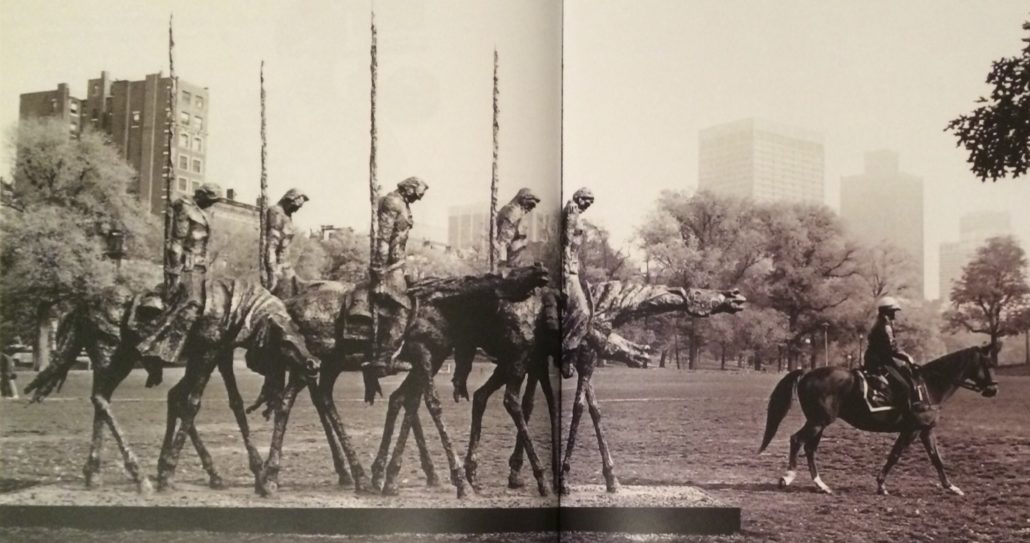
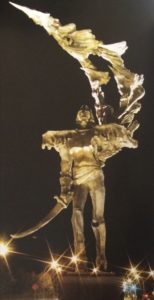
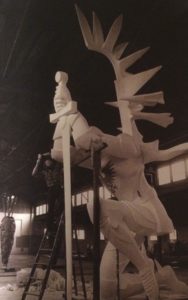
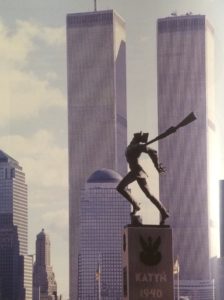
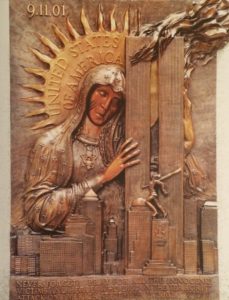
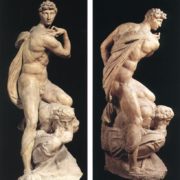
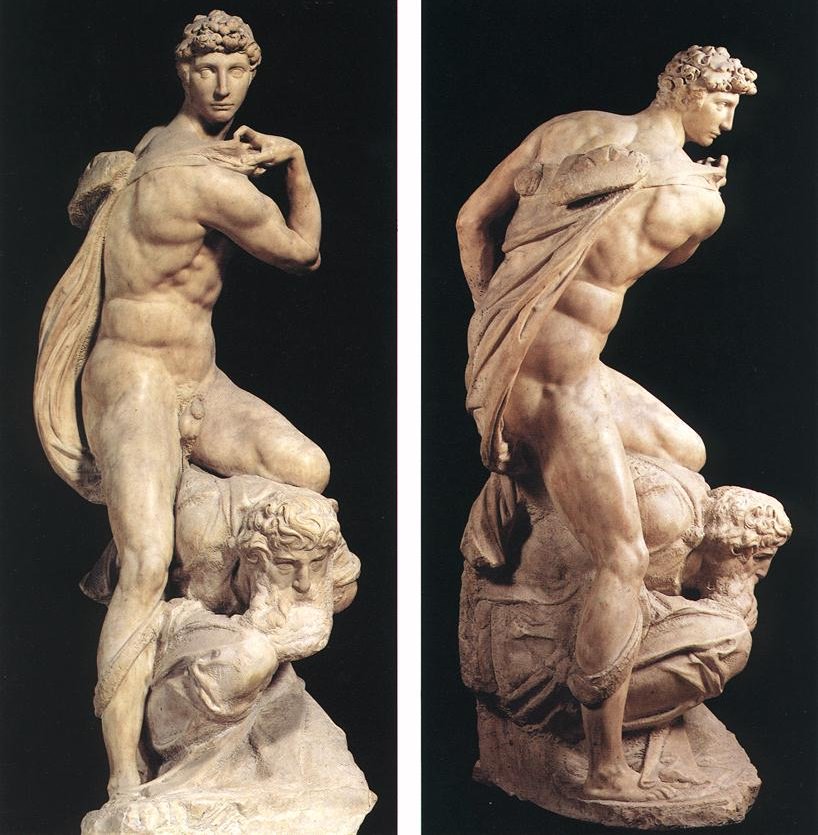 In an open letter to the Mayor of Florence, ArtWatch is calling for an immediate halt to the restoration of Michelangelo’s statue group known as “Victory”.
In an open letter to the Mayor of Florence, ArtWatch is calling for an immediate halt to the restoration of Michelangelo’s statue group known as “Victory”.